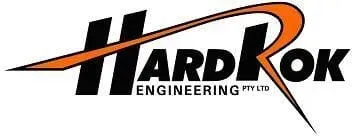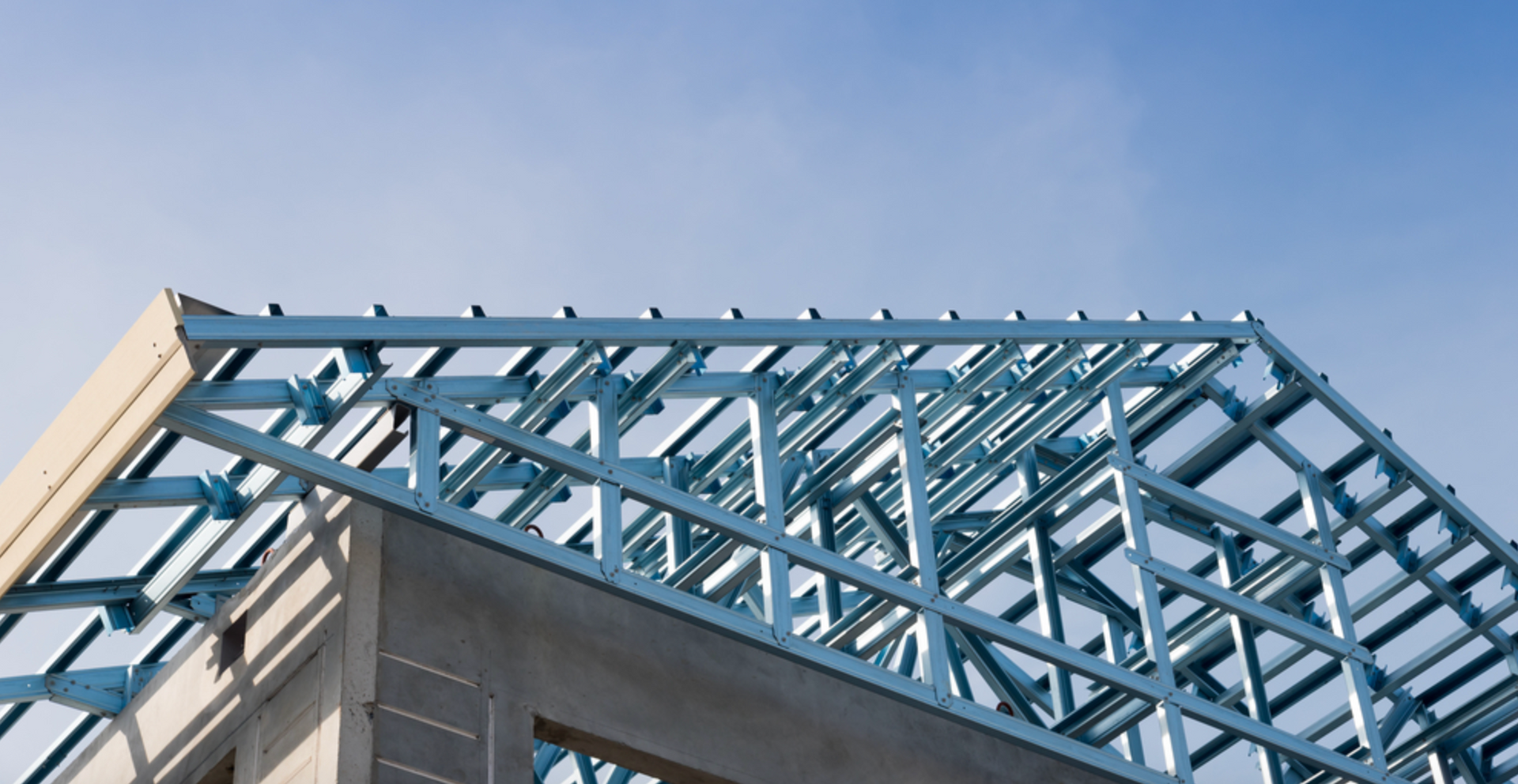The Impact of CAD in Custom Steel Fabrication
Precision is everything in the demanding environments of mining, construction and industrial infrastructure. Whether it’s a custom steel structure for a processing plant or tailored components for specialised machinery, achieving accuracy and reliability requires more than just welding and shaping metal—it requires strategic design. That’s where Computer-Aided Design (CAD) becomes invaluable.
Custom steel fabrication in Mount Isa has evolved significantly with the integration of CAD, offering project managers, engineers and architects a powerful tool to streamline planning, improve precision and enhance results. This blog explores the key ways CAD is reshaping custom steel fabrication and why it’s become an industry standard for efficient and reliable outcomes.
Tailored Solutions for Unique Project Requirements
One of the primary advantages of custom steel fabrication is its ability to cater to unique project demands. CAD software enables fabricators to create highly detailed and project-specific models that perfectly match engineering briefs.
With CAD, fabricators can:
- Translate client specifications into 3D models with millimetre-level precision.
- Identify potential design conflicts before fabrication begins.
- Adjust structural features to suit unique terrain or functional requirements.
This ability to model and test different design iterations before production begins eliminates the guesswork, reducing the risk of costly adjustments later in the build.
Enhanced Structural Integrity & Durability
The strength and longevity of steel structures are paramount in heavy-duty industries. Custom steel fabrication ensures every joint, beam, and bracket is engineered for resilience, especially when aided by advanced CAD simulations.
Using CAD in fabrication allows engineers to:
- Run stress simulations and load-bearing calculations.
- Evaluate how steel will respond to different environmental conditions.
- Reinforce critical points in the design without overengineering the structure.
The result is a structure that not only meets compliance but exceeds performance expectations, even in harsh operational conditions like those in Mount Isa’s mining sector.
Optimised Material Usage Reducing Waste
Efficient use of materials is both a cost-saving and environmentally responsible goal in modern fabrication. CAD supports this by offering tools to design with precision, reducing offcuts and material waste.
Some key benefits include:
- Nesting optimisation to maximise steel sheet utilisation.
- Exact measurements that prevent over-ordering of materials.
- Detailed cut lists generated directly from design files.
By aligning designs with material dimensions from the outset, fabricators reduce surplus, improve sustainability and increase the cost-efficiency of each project.
Compliance with Industry Standards & Regulations
Adhering to national construction and safety codes is non-negotiable in steel fabrication. CAD software integrates current compliance data, ensuring each design meets legal and safety requirements from the beginning.
This includes:
- Automatic verification of dimensions, load limits and structural integrity.
- Alignment with Australian Standards (AS/NZS) for steel structures.
- Integration of safety clearances and fall protection in industrial designs.
By embedding regulatory knowledge into the design process, CAD for fabrication eliminates non-compliance risk during installation or inspection.
Integration of Advanced Technologies
The synergy between CAD and modern steel processing equipment has transformed the fabrication floor. CAD files can be exported directly to machinery, reducing human error and improving repeatability.
This technology-driven workflow enables:
- Laser and plasma cutting with accuracy to 0.1mm
- Automated welding guided by CAD-programmed sequences.
- Component fabrication that’s identical across multiple units.
The ability to shift seamlessly from digital model to physical component enhances productivity and significantly shortens turnaround times.
Flexibility in Design & Modifications
Projects are rarely static. Changes are a natural part of the construction and fabrication process, whether driven by new client requirements, unforeseen site conditions or updated compliance standards. Traditional design methods can make these changes time-consuming and costly, but adaptability becomes a built-in advantage with CAD. CAD systems allow for real-time modifications to models without redrawing entire plans, saving time and resources and maintaining project momentum.
Here’s how CAD enhances adaptability in steel fabrication:
- Editable digital models – Engineers can instantly update designs, altering dimensions, structural elements or layout configurations while maintaining the integrity of the overall plan.
- Layered file structures – CAD files use layers to separate structural, mechanical and electrical components, making it easier to isolate and adjust individual systems without disrupting the entire model.
- Automatic revision tracking – Changes are version-controlled, with clear records of modifications, ensuring all stakeholders stay aligned.
- Rapid generation of updated documentation – CAD allows teams to quickly generate the materials needed to implement changes on the shop floor or on-site, from revised blueprints to adjusted component lists.
This level of design flexibility means that fabricators can respond to challenges without derailing timelines, ensuring that the finished product continues to meet evolving needs with precision.
Improved Project Timelines & Efficiency
One of the biggest gains from using CAD in custom steel fabrication is the reduction in lead times. By front-loading the design effort and automating downstream processes, projects progress faster and with fewer setbacks.
Here’s how it contributes to project speed:
- Faster client approvals with 3D visualisations.
- Immediate integration with scheduling software for fabrication timelines.
- Streamlined procurement due to detailed part breakdowns.
This efficient design-to-fabrication pipeline is especially valuable in industrial and commercial builds where timing is critical to avoid downtime or delays.
Cost-Effectiveness Over the Project Lifecycle
While custom steel fabrication involves upfront investment, its long-term value is undeniable, particularly when powered by CAD. More accurate designs mean fewer onsite modifications, stronger structures, and lower maintenance needs.
Key lifecycle savings include:
- Less material waste and better inventory management.
- Reduced errors in production, minimising costly rework.
- Longer service life due to optimised structural integrity.
When steel structures are fabricated right the first time, thanks to CAD-driven accuracy, projects benefit from reduced risk and improved return on investment.
Let’s Bring Your Vision to Life with Custom Steel Fab in Mount Isa
At HardRok Engineering, we believe that precision, durability and compliance start with the design. That’s why every custom steel fabrication project in Mount Isa begins with advanced CAD modelling. Whether you’re planning a structural upgrade, equipment platform, or bespoke industrial solution, we work closely with your team to bring your concept into reality with accuracy and efficiency.
Ready to discuss your project?
Give us a call to get started. Let’s design, build and deliver a steel solution tailored to your exact needs.








